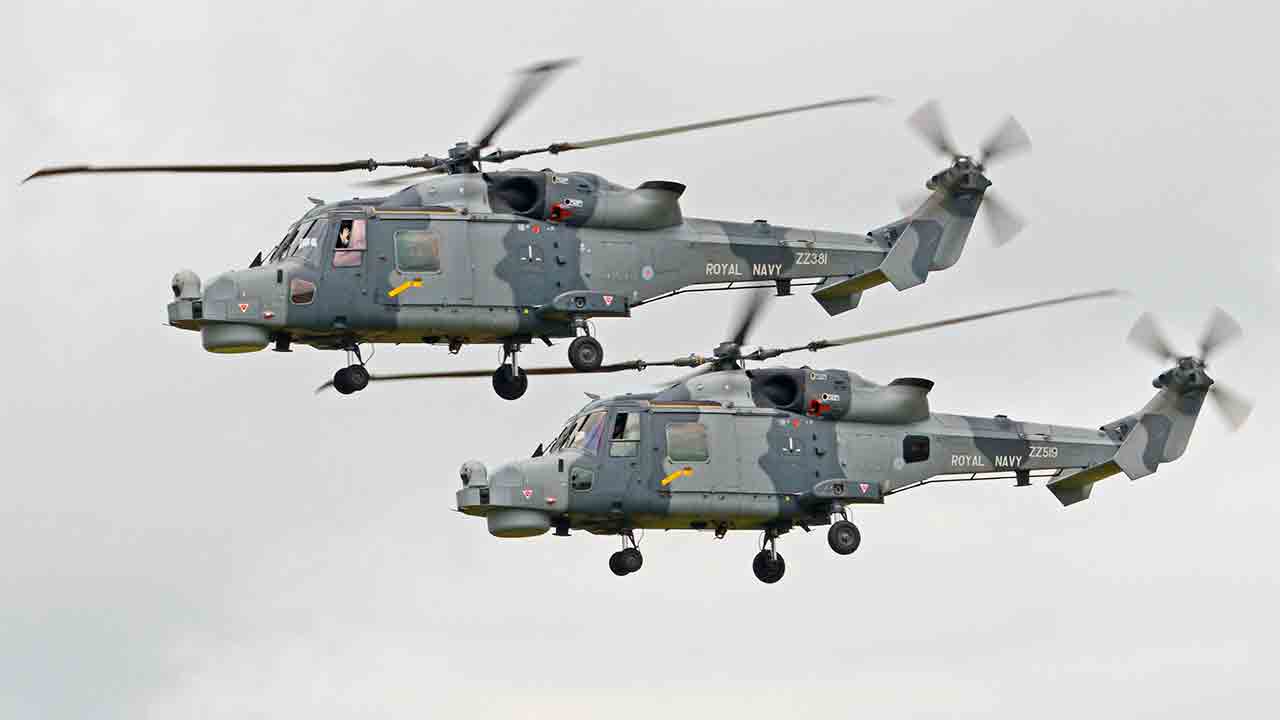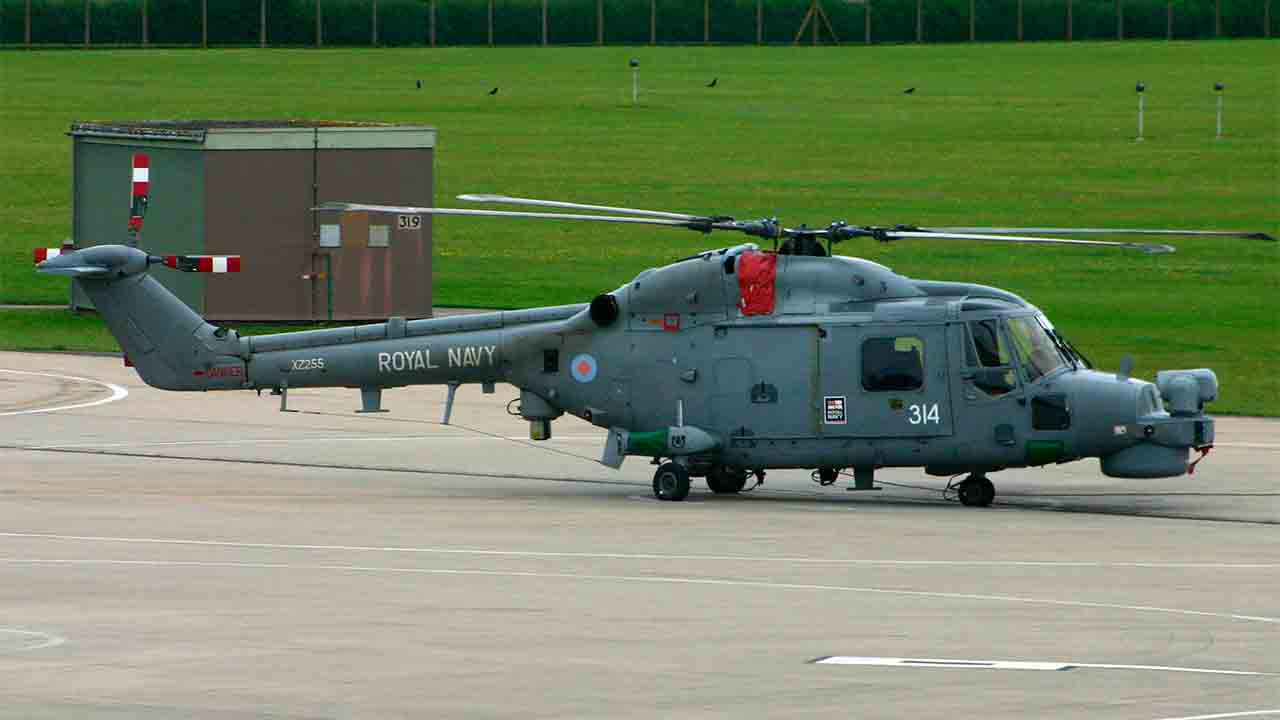
The AW159 Wildcat is a multi-role military helicopter designed by Leonardo Helicopters, developed from the legendary Westland Lynx.
It is primarily used by the Royal Navy and the British Army for surveillance operations, anti-surface warfare, anti-submarine warfare, and ground force support. Equipped with advanced sensors and modern weaponry, the Wildcat is a crucial asset in the United Kingdom’s military arsenal.
+ Stryker: The U.S. Rapid Response Armored Combat Vehicle
The AW159 Wildcat was designed to replace the Lynx, incorporating significant improvements in electronics, weapon systems, and operational capability. Its reinforced structure allows operation in extreme environments, including harsh naval conditions.

Its key capabilities include:
- Operation from ships and land bases
- Electronic warfare capability
- Advanced sensors for surveillance and reconnaissance
- Integration with guided missiles and torpedoes
AW159 Wildcat Technical Specifications
- Manufacturer: Leonardo Helicopters (formerly AgustaWestland)
- Length: 15.24 m
- Main rotor diameter: 12.8 m
- Height: 3.73 m
- Maximum takeoff weight: 6,000 kg
- Engine: 2 x LHTEC CTS800-4N turboshaft
- Maximum speed: 291 km/h
- Range: 777 km
- Operational ceiling: 3,657 m

Weaponry:
- Martlet Missiles (LMM)
- Sea Venom Missiles
- Sting Ray Torpedoes
- Machine guns and guided rockets
Roles and Military Operations
- The AW159 is employed in a variety of military missions, including:
- Anti-Surface Warfare: Locates and attacks enemy vessels.
- Anti-Submarine Warfare: Equipped with sonars and torpedoes.
- Reconnaissance and Surveillance: Advanced sensors for patrol missions.
- Special Operations Support: Troop insertion and extraction.
The AW159 Wildcat continues to receive upgrades, including new electronic systems and weaponry. It is expected to remain in operation for decades, ensuring technical and operational superiority for the British armed forces and other countries that have adopted the model.
Sources: Leonardo Helicopters: www.leonardocompany.com / Royal Navy. Photos: Wikimedia. This content was created with the help of AI and reviewed by the editorial team.

